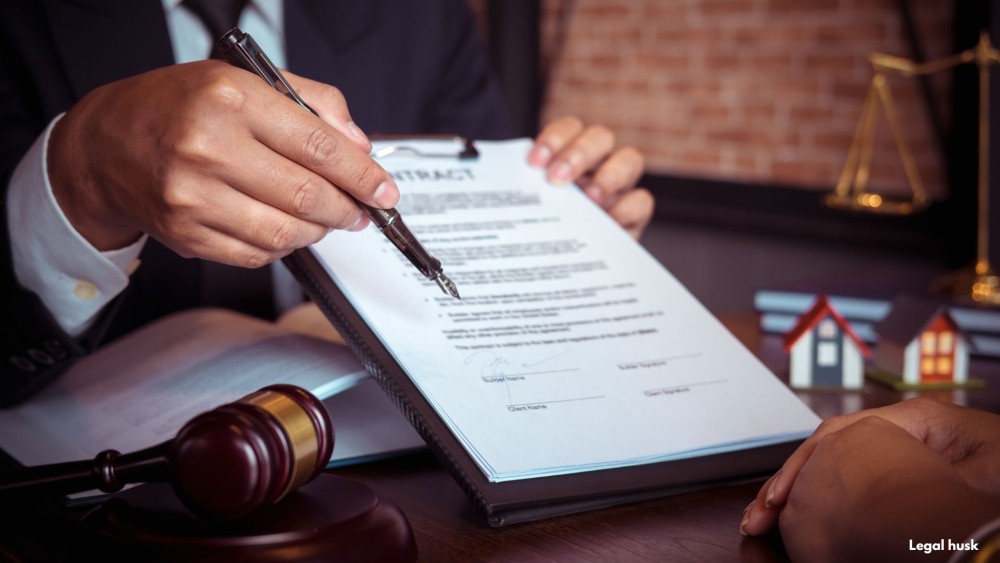Get Your Legal Documents Now!
Whether you are dealing with a complex family matter, facing criminal charges, or navigating the intricacies of business law, our mission is to provide you with comprehensive, compassionate, and expert legal guidance.

Facing a consumer fraud lawsuit? Learn how a well-timed motion to dismiss can dismantle weak claims and save you from costly litigation.
Consumer fraud cases often involve allegations of deceptive practices, false advertising, or misrepresentation. Defendants can challenge these lawsuits early by filing a motion to dismiss, arguing that the complaint lacks legal sufficiency or fails procedural standards.
This article explores the key elements and strategies for using motions to dismiss effectively in consumer fraud litigation.
A motion to dismiss is a legal filing asking the court to terminate a lawsuit at the outset. It argues that—even assuming the plaintiff’s allegations are true—the complaint fails to state a valid legal claim or suffers from procedural deficiencies that require dismissal.
✅ Key Insight:
Motions to dismiss are decided based solely on the pleadings—not on evidence or testimony.
Defendants typically file a motion to dismiss shortly after receiving the plaintiff’s complaint, before answering the lawsuit.
Common grounds include:
Failure to State a Claim: Plaintiff’s allegations do not establish actionable fraud.
Lack of Standing: Plaintiff cannot show a direct injury caused by the defendant.
Statute of Limitations: Plaintiff filed the claim too late under applicable fraud deadlines.
Preemption by Federal Law: Federal statutes or regulations may override certain consumer fraud claims.
Generalized or exaggerated advertising statements ("best in the world!") are opinions—not factual misrepresentations actionable as fraud.
📚 Example:
Claims like "Our coffee is the richest flavor!" are typically considered puffery.
Rule 9(b) of the Federal Rules of Civil Procedure—and similar state rules—require plaintiffs alleging fraud to:
State "who, what, where, when, and how" regarding the alleged deception.
✅ Key Point:
Vague accusations without specific details are vulnerable to dismissal.
Plaintiffs must show that the alleged fraud directly caused their injury. If the connection between the misrepresentation and harm is too remote, the claim may be dismissed.
Plaintiffs must typically prove they relied on the allegedly deceptive statement when making their purchasing decision.
📚 Example:
If the plaintiff admits they never saw the misleading advertisement, the defendant can move to dismiss based on lack of reliance.
When reviewing a motion to dismiss, courts examine whether:
The complaint alleges specific facts, not just conclusions.
The plaintiff identifies actionable misrepresentations.
The complaint meets heightened pleading standards for fraud.
Statutory bars or safe harbor provisions apply to shield the defendant.
🧠 Pro Tip:
Courts will draw all reasonable inferences in the plaintiff’s favor at this stage—but conclusory or speculative allegations will not survive.
If the court denies the motion:
The case proceeds to discovery (document exchanges, depositions, etc.).
Defendants may later file a motion for summary judgment based on lack of evidence.
Settlement negotiations often intensify after a denial, as litigation costs rise.
📌 Alternative Options:
Defendants may also explore enforcing arbitration agreements or narrowing the claims through other pretrial motions.
It depends:
Dismissal With Prejudice: The lawsuit cannot be refiled—the claims are permanently barred.
Dismissal Without Prejudice: The plaintiff may amend and refile the complaint to correct pleading errors.
✅ Important Tip:
Courts often grant leave to amend if technical pleading defects can be cured.
📚 Example 1: Failure to Plead with Particularity
A plaintiff sues a supplement company, claiming vague "deceptive marketing." The defendant moves to dismiss, arguing the plaintiff fails to identify specific ads, dates, or false claims. Motion granted.
📚 Example 2: Lack of Reliance Defense
A consumer sues an appliance company but admits never seeing the promotional claims. The defendant successfully argues lack of reliance, and the case is dismissed.
Motions to dismiss are a vital defense tool in consumer fraud litigation. They allow businesses to:
✔ Challenge legally deficient complaints early.
✔ Minimize litigation costs.
✔ Pressure plaintiffs to settle or abandon weak claims.
By asserting strong legal arguments, emphasizing pleading defects, and using case law effectively, defendants can dramatically improve their chances of defeating consumer fraud lawsuits before costly discovery begins.
Legal Husk offers cutting-edge resources and insights to help you defend your business against consumer fraud claims efficiently and strategically.
👉 Learn more at:
🔗 legalhusk.com
🔗 legalhusk.com/services/civil-litigation
Stay proactive. Stay protected. Partner with Legal Husk.
📩 Ready for a court-ready Motion to Dismiss at a predictable price? Contact Legal Husk for expert support.
Whether you are dealing with a complex family matter, facing criminal charges, or navigating the intricacies of business law, our mission is to provide you with comprehensive, compassionate, and expert legal guidance.
Comments